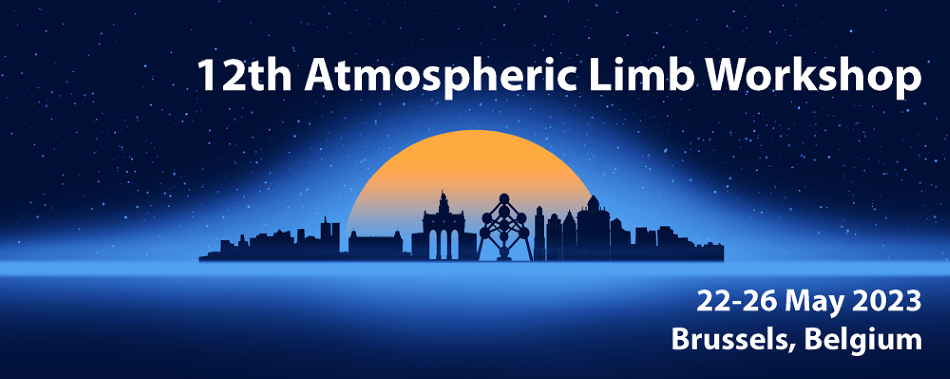Speaker
Description
Direct observations of the thermospheric state can provide direct indicators of space weather activity for constraining models of the thermosphere-ionosphere system. However, no such measurements are currently made in real-time for use in space weather operations, and few have been historically collected for research purposes.
Discussed are results from a NASA Operations to Research project to develop unprecedented operational measurements of the thermospheric state using the Solar UltraViolet Imager (SUVI) onboard the Geostationary Operational Environmental Satellite – R Series (GOES-R) constellation. SUVI images the Sun at extreme ultraviolet (EUV) wavelengths, with a primary objective to characterize and track the Sun’s morphology as it relates to the source of geoeffective space weather. Furthermore, since EUV radiation is strongly absorbed in the thermosphere, these measurements can also be used to probe the thermosphere during solar occultations. The wavelengths measured by SUVI provide sufficient constraints to distinguish the two major species of the middle and upper thermosphere: N2 and O. SUVI occulations cover all global latitudes over the course of a given occultation season, with occultation seasons occurring around the fall and spring equinoxes.
Presented here are methods illustrating how SUVI EUV images are converted to solar occultation light curves, and how density and temperature are derived from these light curves. In addition, example measurements made using these methods of thermospheric density, temperature, and composition from approximately 180 to 300 km are presented. Data from these measurements will be integrated into the GOES processing pipeline and publicly available on the NOAA National Centers for Environmental Information (NCEI) website, for occultations throughout SUVI’s expected operations from 2017 into the mid-2030s.

